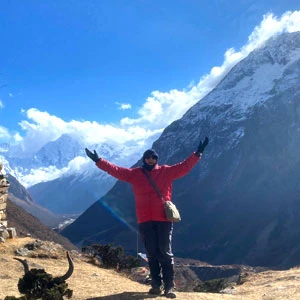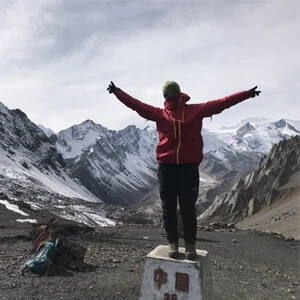Tips For A Successful Kathmandu Cultural Tour
- Remember to respect local customs and traditions while visiting religious sites.
- It's also advisable to hire a knowledgeable guide or join a guided tour to gain deeper insights into the city's history and culture.
- Start early to avoid crowds and enjoy serene mornings at iconic sites.
- Allocate enough time for each destination to explore at a comfortable pace.
- Bring a reusable water bottle, sunscreen, and a hat for sunny days.
- Pack a light raincoat or umbrella if visiting during the monsoon season.
- Remove your shoes before entering the temples or stupas.
- Do not engage in PDA (Public Display of Affection), especially in sacred sites.
- You can greet the locals with basic greetings like "Namaste" and "Dhanyabad" (thank you).
- Use a mask to protect against dust and pollution, especially in busy areas.
- Be cautious while crossing the road.
- ATMs are widely available but may charge fees for international cards.
- Drink water from natural sources only after purifying it.
- Ask for permission before photographing locals or religious rituals.
- Be mindful of “No Photography” signs at sacred places.
- Embrace the bustling charm and occasional chaos of Kathmandu as part of its unique experience.
Architectural Wonders At Historical Landmarks in Kathmandu
Kathmandu is a living testament to the grandeur of ancient craftsmanship. Here, each intricate designs of palaces, temples, and shrines showcase the rich architectural heritage of Nepal.
Ancient Palaces
During your city sightseeing in Kathmandu, you will come across multiple regal palaces that once housed kings and queens. Kathmandu Durbar Square’s Hanuman Dhoka Palace, Bhaktapur’s 55-Window Palace, and Patan Durbar Square’s Royal Palace are the major ones that offer a rare glimpse into Nepal's royal past.
Intricate Wood Carvings
As you embrace the beauty of the Kathmandu city, you will be wowed by the intricate wood carvings on the ancient windows, doors, and beams of traditional houses and temples. Such as the Mahadev Temple and Krishna Mandir has woodwork of mythological stories, gods, and goddesses. These fine carvings are created by skilled Newar artisans, for both decorative purposes and cultural storytelling, bridging the gap between the divine and the human.
Pagoda Style Temple
The architecture adorning the Kathmandu city is generally pagoda-style with multi-tiered roofs. This architectural style symbolizes the cosmic mountain and the union of heaven and earth. Here, the towering spires of the temples are made reaching to the sky with fine details.
Cultural Experiences During Kathmandu Day Tour
Every alley and market within Kathmandu city buzzes with life and Nepalese traditions. Additionally, Kathmandu is a haven for skilled artisans who continue to preserve centuries-old craftsmanship. You will stumble across various masterful works of art being created right before your eyes. Whether it be wood carving, thangka painting, pottery, or many more, you will get a chance to engage with them and understand the cultural significance of their work.
Moving on, if you wish to experience the real hustle and bustle of the traditional Nepalese marketplace, you must visit Asan Bazaar. Here, the sensory overload of sights, sounds, and smells creates an unforgettable experience. You will find stalls and shops filled with a multitude of items from households, dresses, and artifacts, to modern items. The market serves as a crossroads of trade and culture.
Top Modern Attractions in Kathmandu
While Kathmandu is steeped in ancient culture and history, it also offers a vibrant modern energy that beautifully complements its timeless appeal. You can also enjoy the contemporary side with lively nightlife, trendy cafes, and serene spots for relaxation. For all these activities, Thamel is the central hub of the city. This particular place comes alive at night with an eclectic mix of lively bars, chic cafes, and restaurants serving international and local cuisine. During daytime, Thamel is a vibrant market where you can shop for handmade crafts, trekking gear, or unique souvenirs. However, at nighttime, the area transforms into a lively hotspot with music spilling out from trendy clubs and cafes.
Now, if you are more into a peaceful escape within the city, then, the Garden of Dreams offers a serene oasis. It is a perfect and tranquil place after a long day of exploration. Herem you will witness meticulously manicured lawns, ornamental fountains, and shaded pathways. Whether you choose to enjoy a quiet cup of tea at one of the garden’s charming cafes or simply relax under the shade of a tree, the Garden of Dreams provides an intimate setting where time seems to slow down.
Best Time For City Sightseeing in Kathmandu
City sightseeing in Kathmandu is a year-round opportunity, offering unique experiences in every season. Its moderate altitude and cultural richness make it suitable for travelers regardless of when they visit. However, the charm and atmosphere of the tour vary with the seasons.
Spring (March to May)
Spring is one of the most pleasant times of the year with moderate temperatures and clear blue skies with white clouds. During this time of nature, you will also have an opportunity to witness the views of the Himalayas in the distance, and also, most of the trees and flowers inside the valley have started to bloom. On top of that, major celebrations such as Holi (festival of colors), Nepali New Year, and Budhha Jayanti (Birthday of Lord Budhha) fall in this timeframe.
Autumn (September to November)
Similarly, Autumn is yet another favorable time of the year. The crisp air and excellent visibility make it perfect for soaking in Kathmandu’s breathtaking scenery and heritage. The city comes alive with the vibrant festivities of Dashain and Tihar, offering travelers a glimpse into Nepal’s rich traditions.
Winter (December to February)
Winter almost puts the city into serene sleep with the temperature dropping each day, however, it never goes below negative. While mornings can be foggy, the afternoons often clear up, providing pleasant conditions for sightseeing. Visitors can also enjoy unique cultural experiences, such as Lhosar and Western celebrations like Christmas and New Year in Thamel’s lively atmosphere.
Monsoon / Summer (June to August)
The Summer / Monsoon season in Kathmandu is marked by warm temperatures and frequent rain showers. While the rain enhances the city’s greenery and gives the valley a fresh, rejuvenated look, travelers should be mindful of occasional landslides or floods in surrounding areas. Additionally, having frequent rainfall with thunderstorms can make the journey less favorable.
Shopping And Souvenirs During The Kathmandu Valley UNESCO Tour
Each street and market of the Kathmandu Valley offers traditional crafts, handmade treasures, or iconic souvenirs. Here’s a quick guide to the top items to buy and the best shopping areas to visit.
Top Items To Buy:
- Handwoven pashmina shawls: Crafted from the fine wool of Himalayan goats with colorful patterns.
- Thangka paintings: Detailed and vibrant form of Tibetan Buddhist art consisting of religious deities, mandalas, and scenes of spiritual significance.
- Handcrafted silver jewelry: Intricately designed rings, necklaces, earrings, and bracelets with colorful gemstones and intricate patterns.
- Tibetan singing bowl: Made from a mix of metals, these bowls are used in meditation and healing practices which create a soothing sound when struck.
Best Shopping Areas:
- Asan Bazaar: Oldest and busiest market in Kathmandu with vibrant stalls of local vendors.
- Thamel: Kathmandu’s go-to neighborhood for handicrafts and trekking gear.
Local Food Tour In Kathmandu
The cuisine options in Kathmandu are as vibrant as its culture with flavors, spices, and ingredients passed down through generations. During your Kathmandu City Tour, the culinary experience will be a feast for your senses, offering everything from street food to traditional meals. While in Nepal, your entire tour will be incomplete without an authentic Nepali dining experience with dal bhat. This traditional meal consists of a hearty bowl of lentil soup (dal) served with a portion of steamed rice (Bhat), accompanied by an array of side dishes like pickles, vegetables, and curd. Here, the locals indulge in this meal two times a day.
Moving on, momo is another beloved dish which is a Nepali-style dumplings that come in both steamed and fried varieties. These bite-size meal consists of 10 dumplings in a plate with the outer covering made up of flour andthe inner filling consists of minced meat. Altogether, they are served with a tangy dipping sauce that adds the perfect amount of heat. You can find them in almost every corner of the city, from small street stalls to high-end restaurants, making them a convenient and flavorful snack or meal.
Similarly, another must-try local dish is the Newari Khaja set and other Newari items such as bara, yomari, and so on.
Transportation Options Within Kathmandu City
During your short tour of Kathmandu city, navigating through the streets and market areas is quite easy with several transportation options in hand. If you are looking to experience an authentic ride in Nepal, you will find multiple local bus stations that will take you to every corner of the city. These local buses are an affordable option where you will get a chance to interact with the locals and see the city from a ground-level perspective. However, this option is only recommended for adventure seekers as the local bus are often chaotic, congested, and unpredictable.
If you are looking for a more comfortable and reliable option, you can also go for private car services. These buses are typically well-maintained and offer a more convenient, hassle-free way to explore the city's top attractions. Furthermore, for a private ride, you can also check out the cabs which are readily available on the streets. Taxis in Kathmandu operate on a meter system, but it’s always advisable to agree on the fare before starting your journey.
Lastly, you can also opt for a tech-savvy option with the use of apps such as Pathao and Indrive. These services offer ride-hailing options that are both affordable and efficient.
Accommodation Options During The Kathmandu Valley UNESCO Tour
Kathmandu offers a wide variety of accommodation options that cater to different budgets and preferences, making it easy for travelers to find a comfortable place to stay while exploring the city. From budget guesthouses to luxurious hotels, the choices are diverse, ensuring that your stay in Kathmandu is both pleasant and memorable.
For budget travelers, you can find numerous guesthouses and hostels that provide basic amenities, clean rooms, and a warm atmosphere. These guesthouses usually provide common areas for socializing, making them a great option for meeting fellow travelers.
Likewise, if you have a mid-range budget, you can opt for boutique hotels that offer stylish rooms with modern amenities, including Wi-Fi, air-conditioning, and often in-house restaurants. These hotels often feature beautiful Nepali architecture, elegant décor, and a focus on service.
Similarly, if you are seeking luxury accommodation, you can spend a night at various five-star hotels in hot areas such as Durbarmarg. These five-sstar spaces provide spacious rooms, fine dining restaurants, swimming pools, spas, and wellness centers.
Nepalese Currency and the Payment:
The currency of Nepal is the rupee. The ideal currencies for exchange are those of the USA, Australia, Great Britain, Canada, and Singapore, as well as the Euro, any of which can be readily exchanged in either Kathmandu or Pokhara.
Credit and debit cards such as Visa, MasterCard, and American Express are accepted in major tourist-class hotels, restaurants, airlines, and larger stores in Kathmandu, Bhaktapur, Patan, Pokhara, etc. A surcharge of 3.5% is typically levied on all purchases or payments.
ATMs are also very common in Kathmandu and Pokhara, with Thamel being a particular area of focus for their use. Some ATMs only allow a daily maximum of Rs 10,000 to be withdrawn, while others allow for as much as Rs 35,000. A charge of USD 4 is usually applied per transaction, on top of which your bank may also apply a fee of its own.
Can I get an on-arrival visa in Nepal?
On arrival in Nepal, you can obtain the requisite visa at Tribhuwan International Airport in Kathmandu, or you can choose the alternative of applying for it at the Nepalese Embassy or Consulate in your home country before departure. The visa is also available at land-based points of entry such as Birgunj, Kakarbhitta, Bhairawa, Belhiya, Nepalgunj, Dhangadi, and Mahendranagar. The Kodari Pass is the access point from Tibet where the visa can be obtained.
While you can use different modes of payment at the visa fee counter, we advise you to bring cash in the following currencies: US dollars, euros, Swiss francs, pound sterling, Australian dollars, Canadian dollars, Hong Kong dollars, Singapore dollars, and Japanese yen. Credit card payments are also available nowadays.
As per a recent update, the visa fee costs you the following amounts:
- Multiple entries for 15 days—USD 30 or equivalent
- Multiple entries for 30 days—USD 50 or equivalent
- Multiple entries for 90 days—USD 125 or equivalent
- You should also have a minimum of six months of validity remaining on your passport.
- Visa extensions are available from the offices of Nepal Immigration in Kathmandu and Pokhara.
For more details, please go through the Nepal Immigration website or contact us.
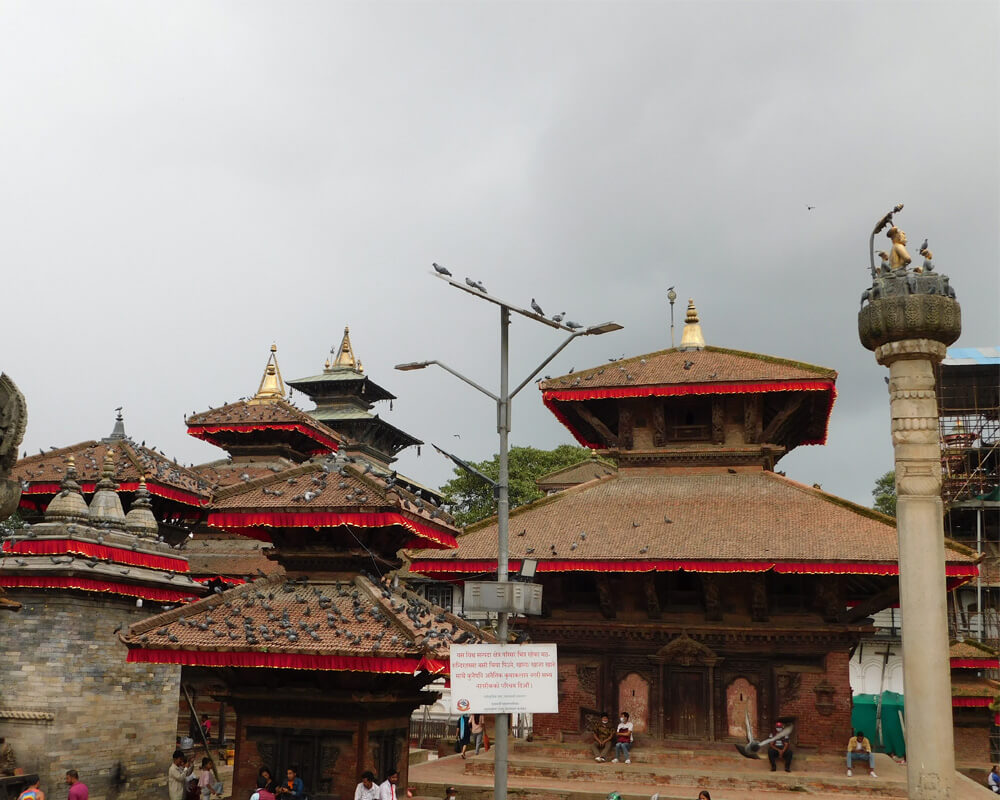

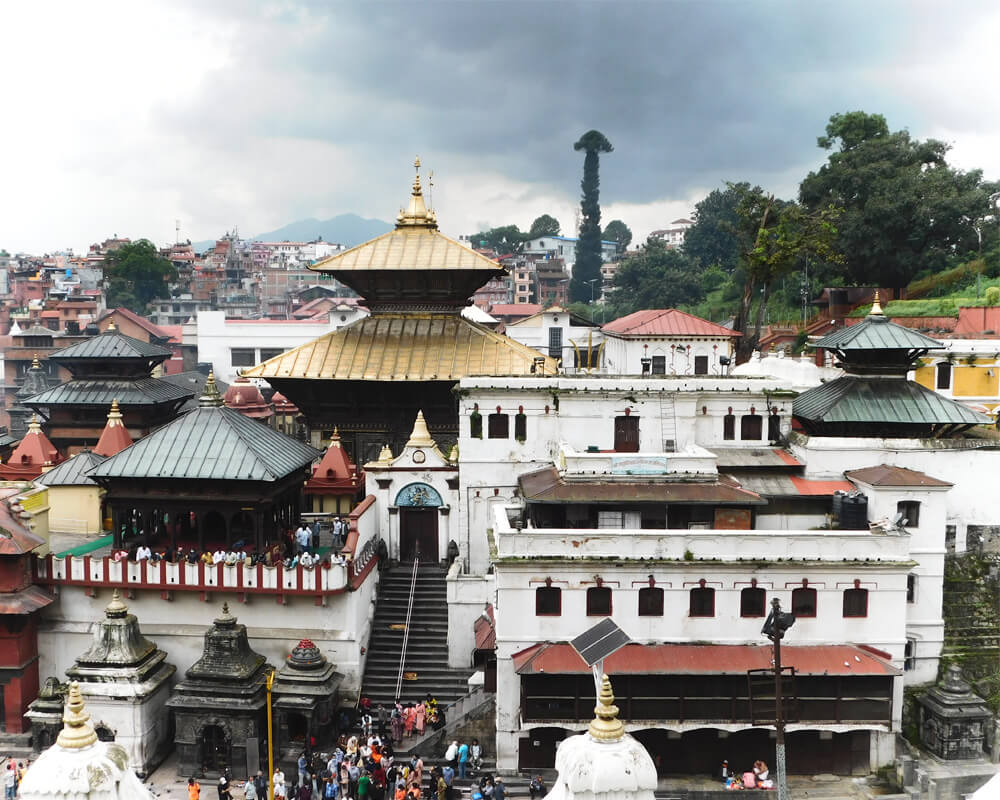



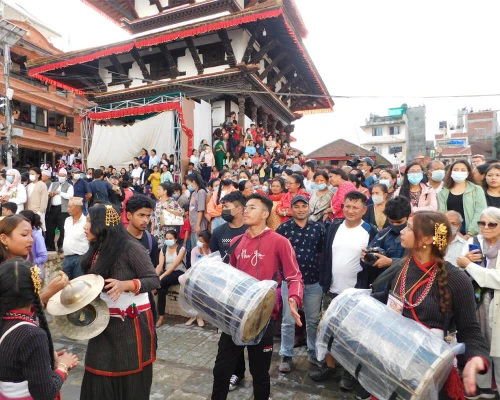
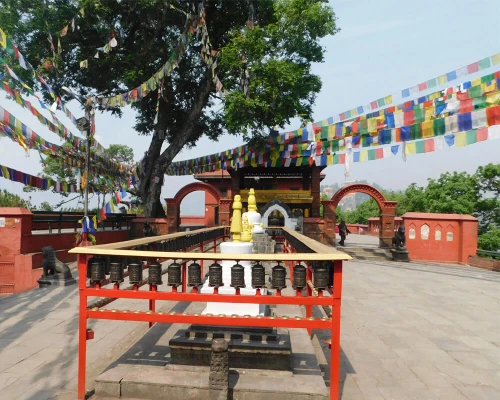
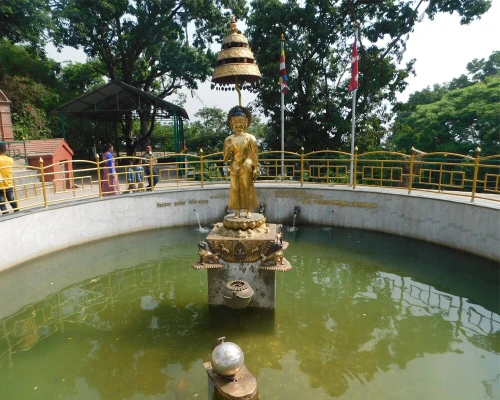
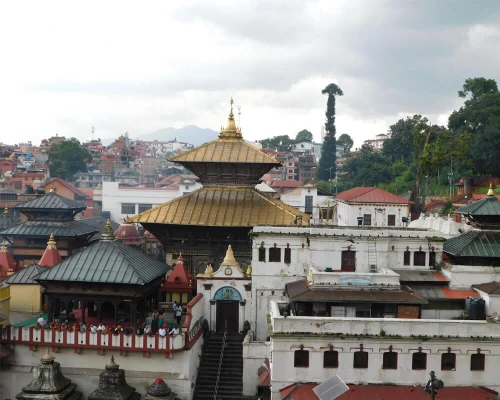
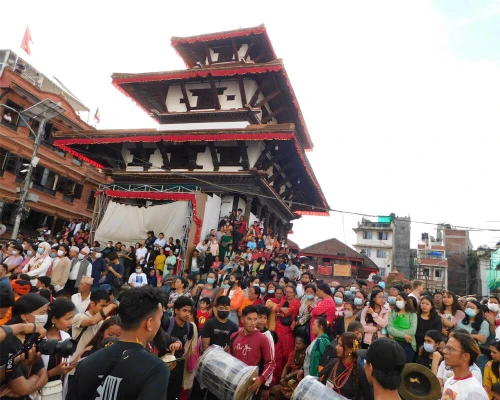
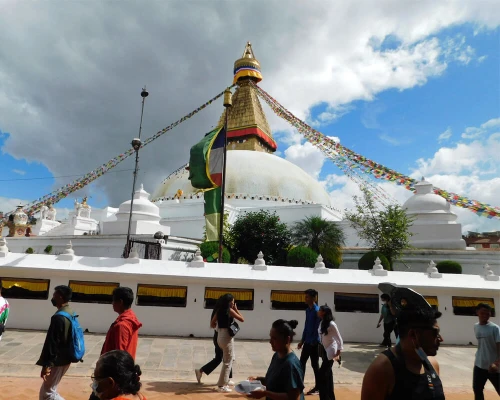
.webp)


.webp)



